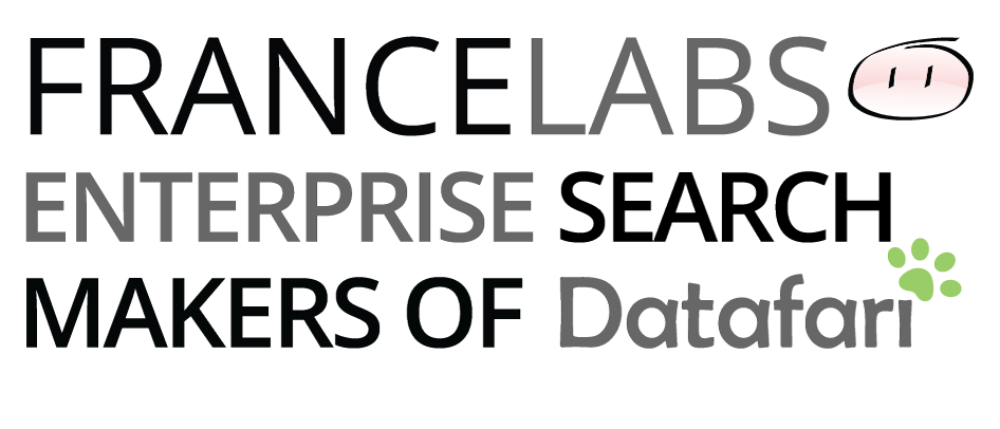UPDATE: This tutorial is based on Solr 7. If you want to use Solr 8, we strongly recommend to use our recent blog entry to set up Solrcloud 8 on Amazon EC2
In this tutorial, we will be setting up a Solrcloud cluster on Amazon EC2.
We’ll be using Solr 7.1, Zookeeper 3.4.10 on Debian 9 instances.
This tutorial explains step by step how to reach this objective.
We will be installing a set of 3 machines, with 3 shards per server, which gives us a total of 9 shards. The replication factor is 3.
We will also be installing a Zookeeper ensemble of 3 machines.
This architecture will be flexible enough to allow for a fail-over of one or two machines, depending on whether we are at the indexing phase or at the querying phase:
- Indexing: a machine can fail without impacting the cluster (the zookeeper ensemble of 3 machines allows for one machine down). The updates are successfully broadcasted to the machines still running.
- Querying: two machines can fail without impacting the cluster. Since each machine hosts 3 shards, a search query can be processed without problems, the only constraints being a slower response time due to the higher load on the remaining machine.
